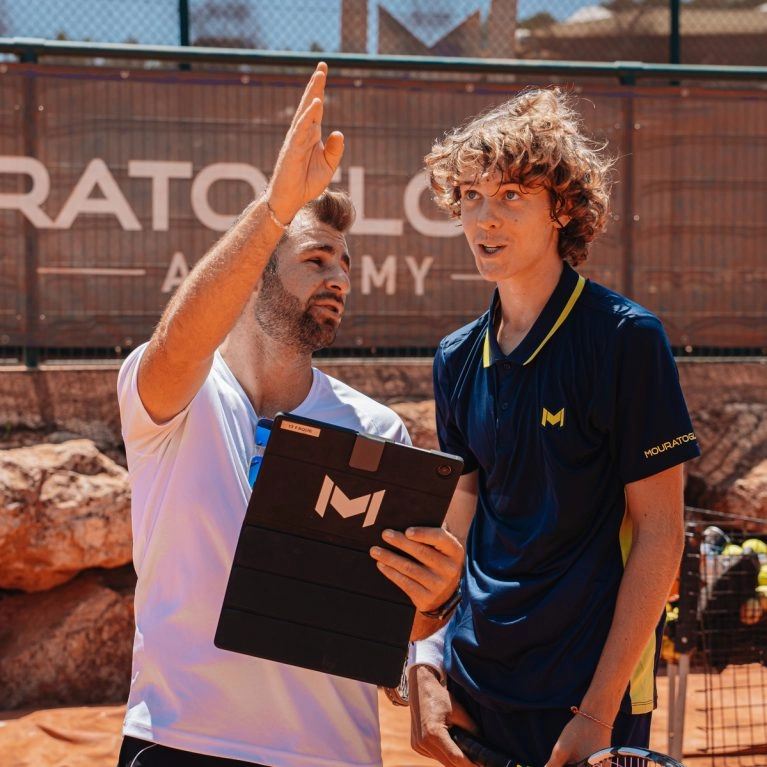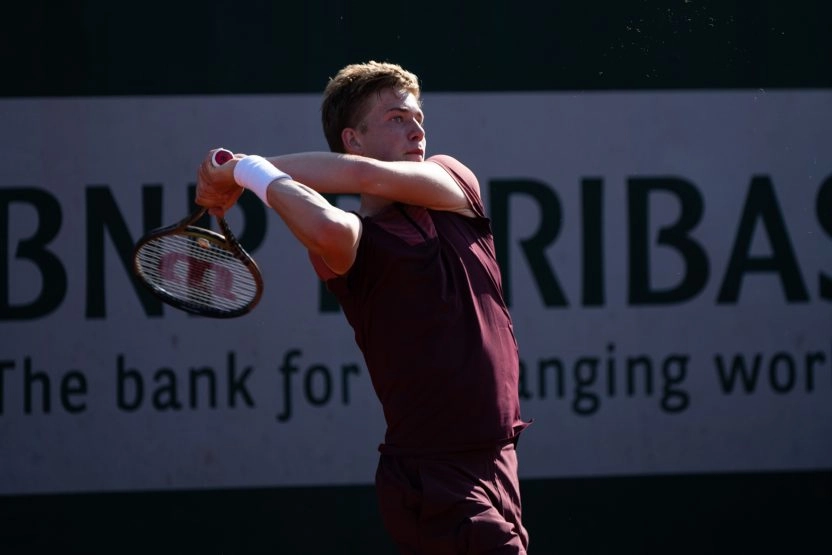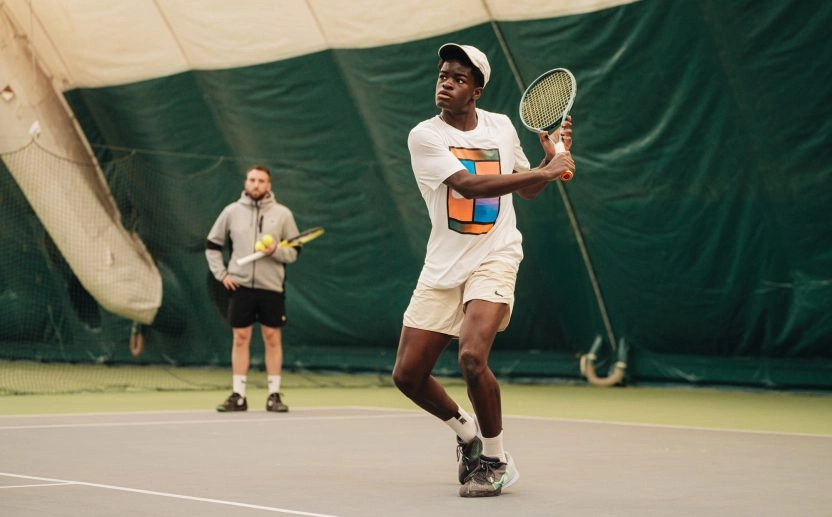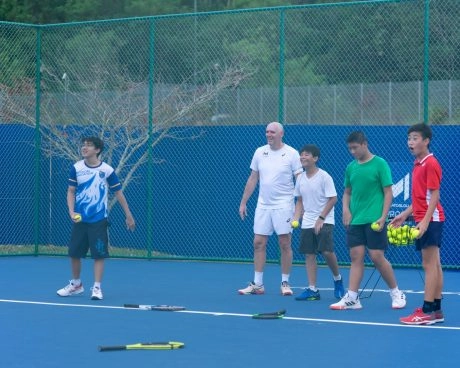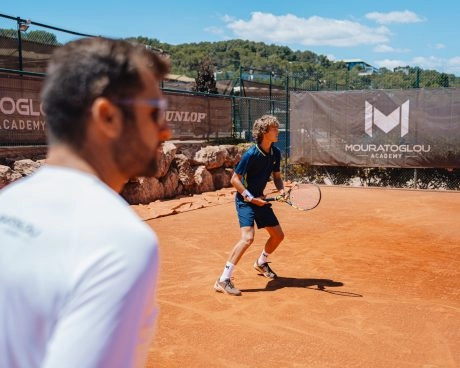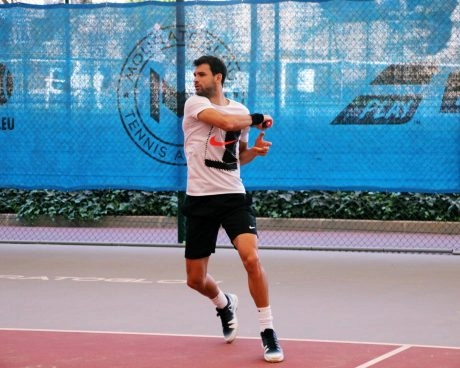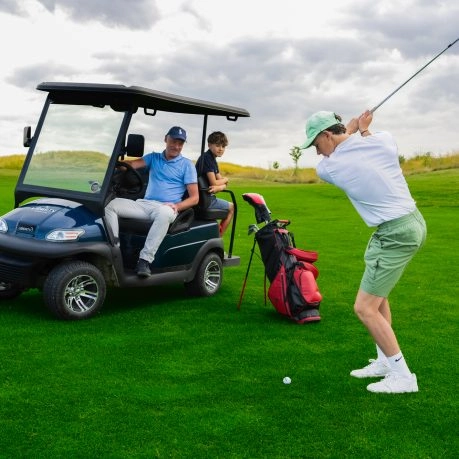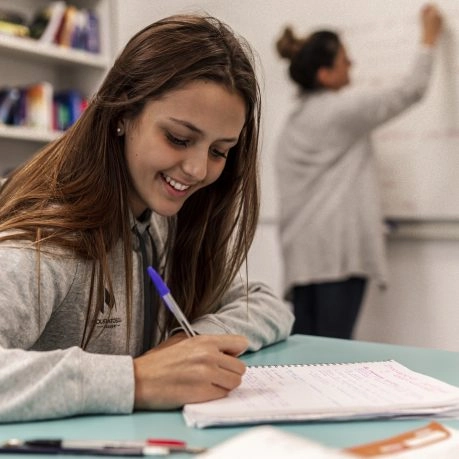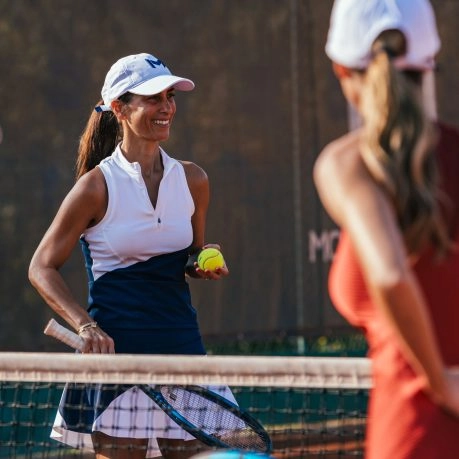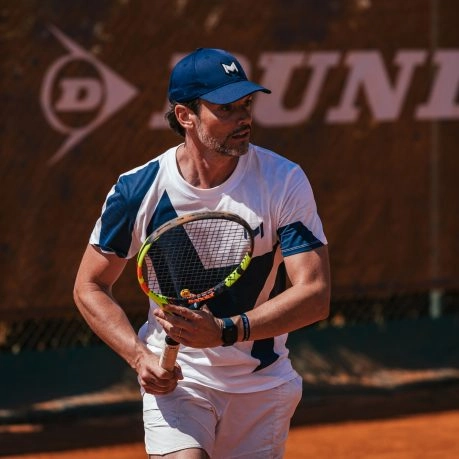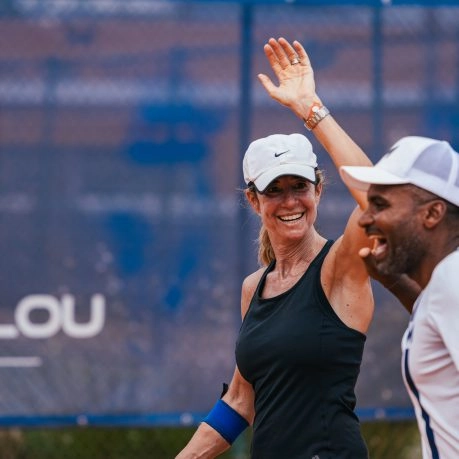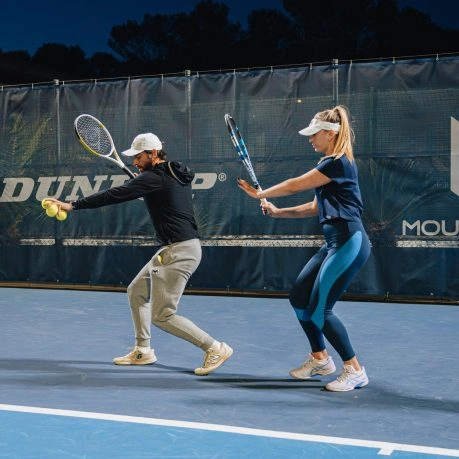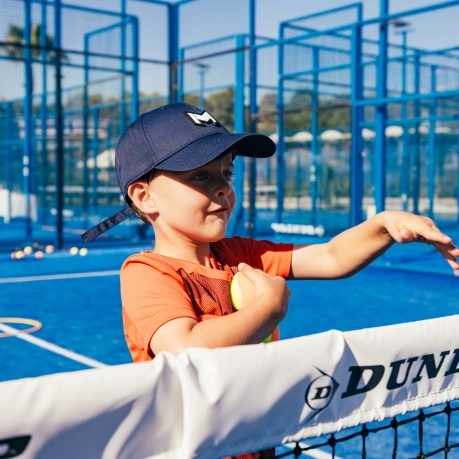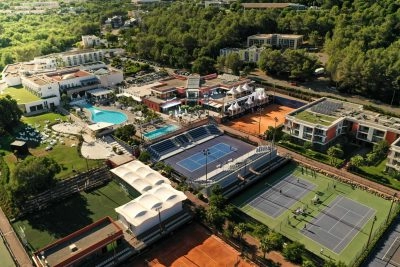Mistake 1: Hitting the ball too hard
One of the most common mistakes is hitting the ball too hard, which results in a lob that is too low and easy to attack.
Solution: Concentrate on a fluid up-and-down movement and avoid hitting the ball with too much force.
Mistake 2: Poor anticipation
If you wait too long to hit a lob, you risk giving your opponent time to adapt.
Solution: Pay attention to your opponent’s position. As soon as he starts to come up to the net, prepare your lob.
Mistake 3: Lack of control over height
A lob that’s too high makes it easy for your opponent to reposition, whereas a lob that’s too low is easy to smash.
Solution: Practise regularly to find the right balance between height and length.
